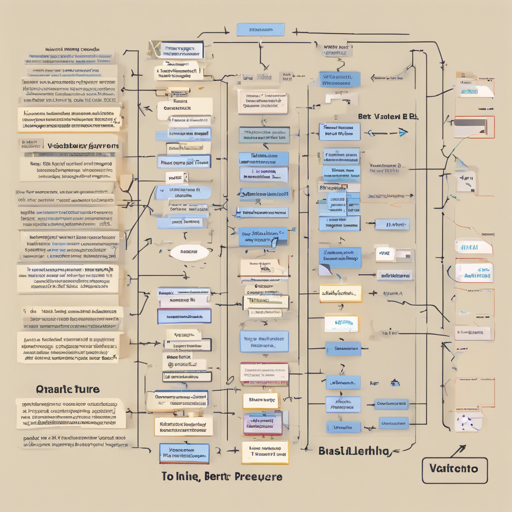The world of Natural Language Processing (NLP) has been dramatically transformed by models like BERT (Bidirectional Encoder Representations from Transformers). However, one significant challenge that enthusiasts encounter is generating a wordpiece vocabulary that fits perfectly with Google’s open-sourced BERT project. Today, we’ll walk through how to utilize a modified, simplified version of the text_encoder_build_subword.py from the Tensor2Tensor library to accomplish just that!
Understanding the Vocabulary Builder for BERT
Before diving into the steps, let’s draw an analogy to help clarify the process. Imagine you are building a customized puzzle. Each piece represents a specific subword, and for the complete puzzle to make sense, every piece must fit perfectly with its neighbors. The vocabulary builder works similarly: it generates subword tokens that seamlessly integrate with BERT’s tokenizer, allowing for more effective language understanding.
Modifications Made to the Original Code
The original SubwordTextEncoder function in the Tensor2Tensor library had a few quirks that needed adjustments:
- Subword Modification: The original function added an underscore (_) at the end of subwords appearing at the start of words. The modification places the underscore at the beginning of subwords that follow other subwords, improving compatibility with BERT’s tokenizer.
- Character Handling: The generated vocabulary now includes all characters, with a double underscore (##) prefix for subword tokens. For instance, the character “a” would be represented as “a” and “##a”.
- Special Characters Integration: Standard special characters (e.g., !?@~) and key BERT tokens like [SEP], [CLS], [MASK], [UNK] have been included, facilitating better context understanding.
- Code Simplification: Irrelevant classes from text_encoder.py were removed, some functions were commented out, and unnecessary dependencies (like mlperf_log module) were stripped to make the project independent of the Tensor2Tensor library.
System Requirements
To run the modified vocabulary builder effectively, ensure your environment meets the following needs:
- Python version: 3.6
- TensorFlow version: 1.11
Basic Usage
Once your environment is set up, you can use the vocabulary builder with the following command:
python subword_builder.py --corpus_filepattern corpus_for_vocab --output_filename name_of_vocab --min_count minimum_subtoken_countsTroubleshooting Common Issues
While working with the vocabulary builder, you might encounter a few hiccups. Here are some common troubleshooting steps:
- Incompatible TensorFlow Version: Ensure you have TensorFlow 1.11 installed. Using newer versions may cause unexpected errors.
- File Not Found Errors: Double-check the path to your corpus file. Make sure it matches the specified corpus_filepattern.
- Memory Issues: If you hit memory limits during processing, consider reducing the size of the input data or increasing your system’s resources.
- Output Missing: If the output vocabulary file isn’t generated, verify your permissions on the output directory.
For more insights, updates, or to collaborate on AI development projects, stay connected with fxis.ai.
Conclusion
By following the steps and modifications outlined above, you’re well-equipped to build a customized wordpiece vocabulary that aligns with BERT’s requirements. This adjustment not only enhances compatibility but also paves the way for improved NLP capabilities.
At fxis.ai, we believe that such advancements are crucial for the future of AI, as they enable more comprehensive and effective solutions. Our team is continually exploring new methodologies to push the envelope in artificial intelligence, ensuring that our clients benefit from the latest technological innovations.

